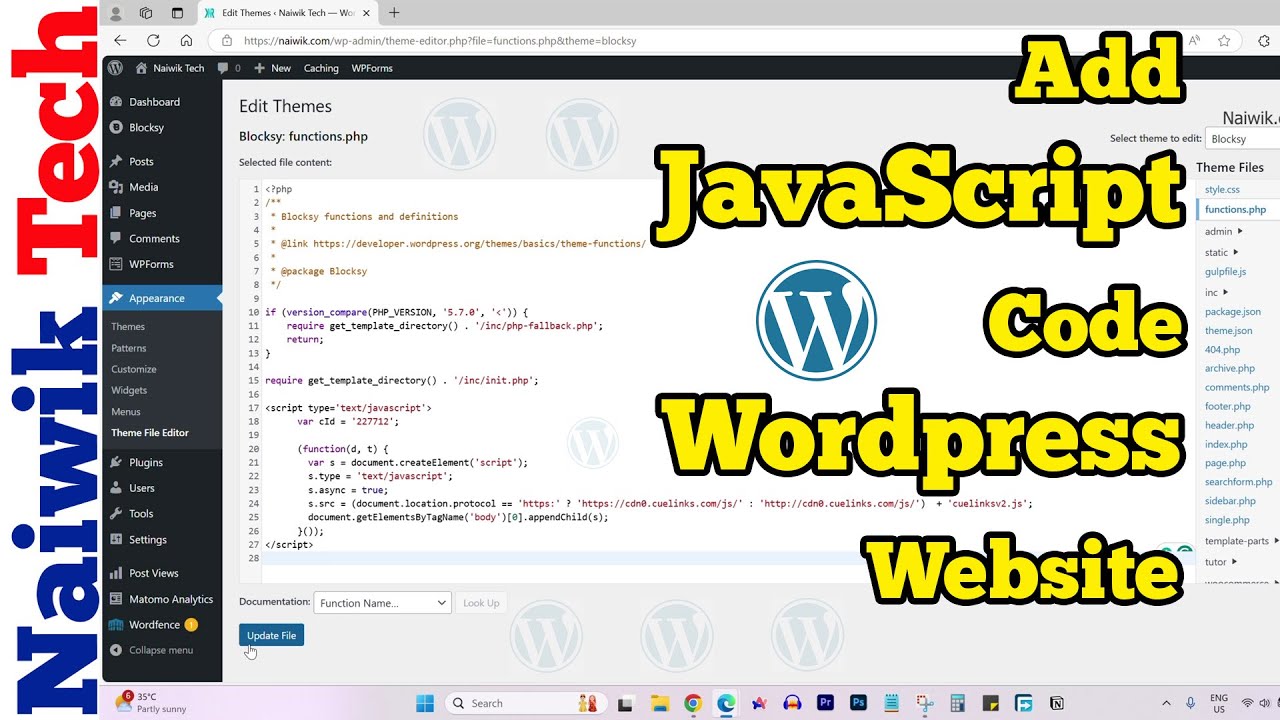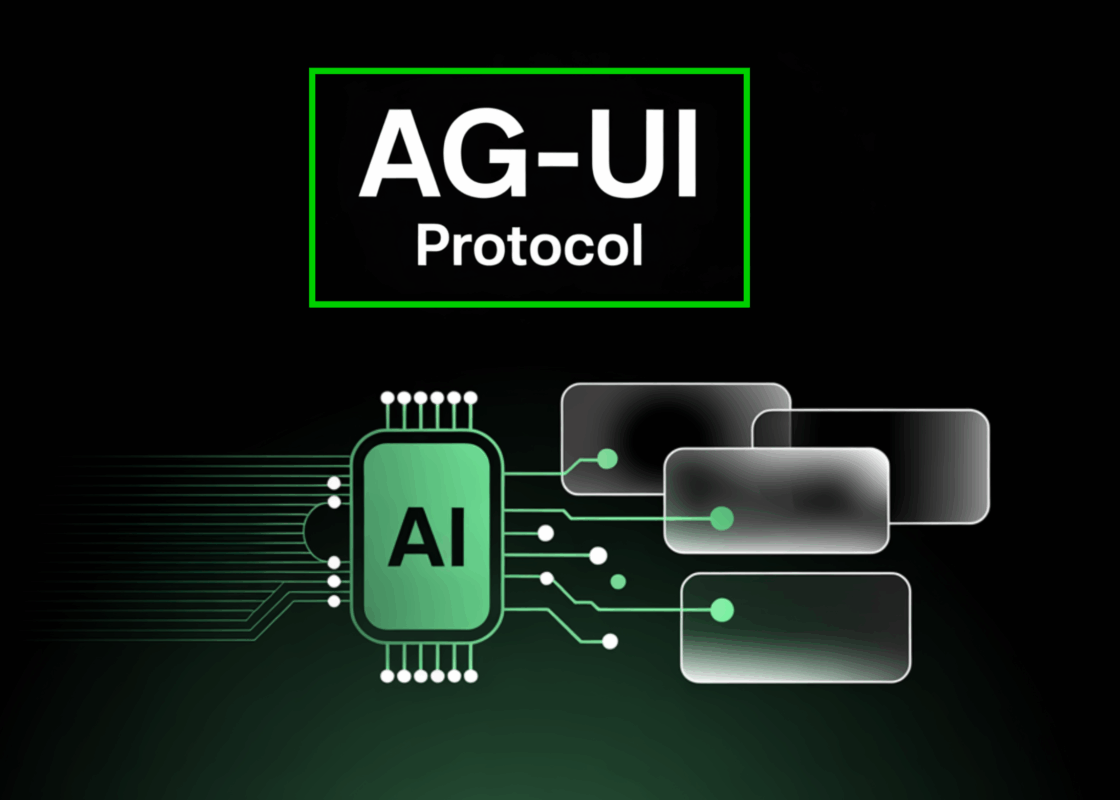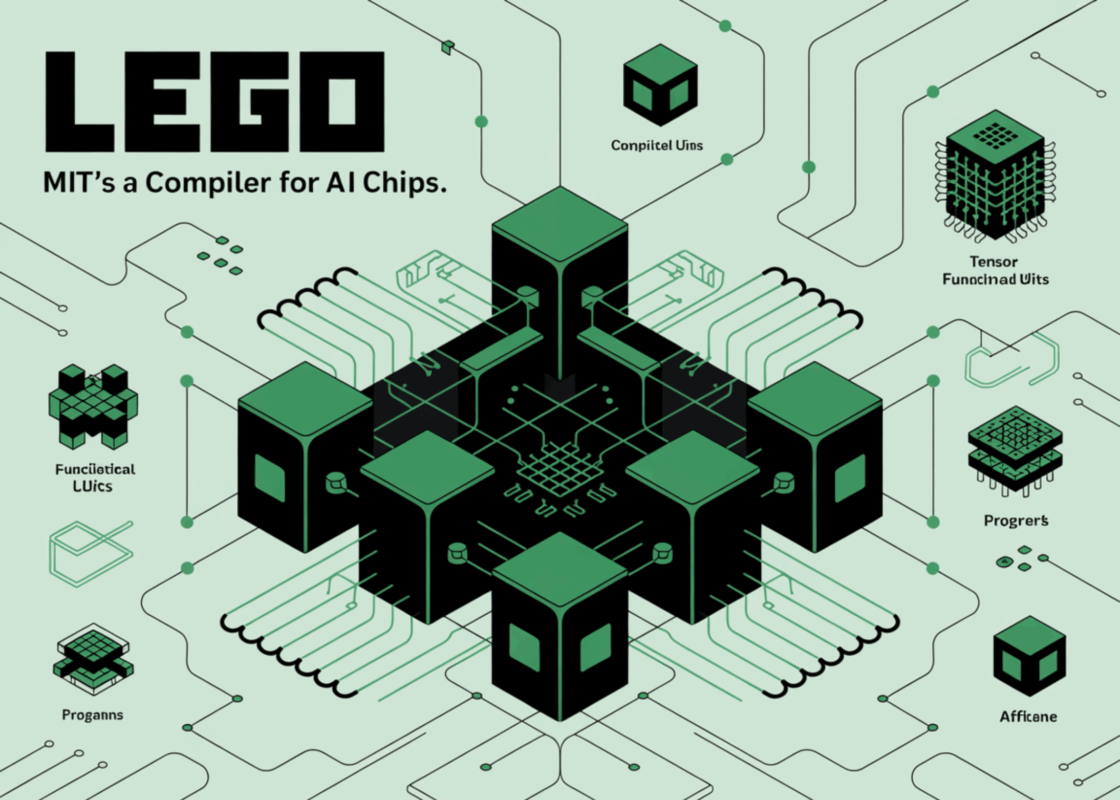Blog
Understanding Real-World Scene Rendering in Interactive Simulations
In the realm of technology and visual media, rendering real-world scenes in interactive simulations has become increasingly important. Whether for gaming, training, or architectural visualization, creating immersive experiences captures the audience’s attention and enhances engagement. This post explores the methodologies, tools, and trends involved in instantly rendering realistic scenes for interactive applications.
The Essence of Realistic Rendering
Rendering is the process of generating an image from a 3D model by means of computer software. Realistic rendering seeks to replicate real-world lighting, textures, and perspectives. Achieving this realism requires an understanding of not just the technical aspects but also the artistic principles of visual composition.
Key Components of Rendering
1. 3D Modeling
The foundation of any rendering project is 3D modeling. This process involves crafting the geometrical structure of the objects in your scene. High-quality models should include intricate details that mimic real-life counterparts. Tools such as Blender or Autodesk Maya are popular for their versatility and robust feature sets.
2. Texturing and Materials
Textures add a layer of realism to your models. By applying various surface patterns and colors, artists can simulate different materials like glass, metal, wood, or fabric. Software like Substance Painter allows for detailed texturing that incorporates various properties, such as reflectivity and roughness, enhancing the realism further.
3. Lighting
Lighting is perhaps the most critical aspect of realistic rendering. Properly placed light sources can dramatically affect the mood and depth of a scene. Techniques such as global illumination simulate how light interacts with surfaces, resulting in more lifelike visuals. Utilizing tools like V-Ray or Unreal Engine can facilitate dynamic lighting adjustments.
Leveraging Real-Time Rendering Techniques
Real-time rendering provides the ability to see changes immediately, making it ideal for interactive simulations. Techniques employed in this space include:
1. Rasterization
Rasterization converts 3D models into 2D images quickly, making it suitable for applications that require high frame rates. While rasterization is fast, it may sacrifice some realism for speed, which can be mitigated through smart techniques such as level of detail (LOD) management.
2. Ray Tracing
Ray tracing, although computationally intensive, produces stunningly realistic visuals by simulating the way light interacts with objects. It creates complex reflections and shadows that rasterization can’t match. Recent developments have optimized ray tracing for real-time applications, bringing it closer to mainstream use.
3. Virtual Reality (VR) Integration
With the advancement of VR technology, incorporating real-time rendering into immersive environments has never been easier. VR applications use real-time rendering to create lifelike scenarios, allowing users to engage interactively. Considerations such as frame rate and latency become crucial to ensure a smooth experience.
Optimizing Performance for Interactive Simulations
While the desire for visual fidelity is strong, performance optimization is essential, especially for real-time interactive simulations. Here are several approaches to achieve this balance:
1. Level of Detail (LOD)
Implementing LOD involves creating multiple versions of a model with varying detail levels. As the camera moves closer to an object, the more detailed version is rendered, while distant objects display simpler models. This method conserves processing power while maintaining visual quality.
2. Culling Techniques
Culling techniques help reduce the rendering load by not drawing objects that aren’t visible in the scene. Frustum culling and occlusion culling are two commonly used methods that enhance performance without compromising quality.
3. Texture Atlasing
By combining multiple textures into a single atlas, you can significantly decrease the number of draw calls made during rendering. This technique optimizes memory usage and improves frame rates, especially in complex scenes.
Tools for Rendering Real-World Scenes
Various software solutions cater to rendering needs depending on specific project requirements. Here are a few notable tools:
1. Unity
Unity is well-known for its ability to handle both 2D and 3D environments. It supports real-time rendering and offers a plethora of resources, including assets, community support, and learning materials.
2. Unreal Engine
Unreal Engine stands out for its stunning visuals and realistic rendering capabilities. Its built-in features such as Blueprint for scripting behaviors make it a favorite among game developers and simulation creators.
3. Blender
As an open-source tool, Blender is ideal for those on a budget who still seek advanced rendering options. With a active community and extensive documentation, it provides capabilities for everything from 3D modeling to animation and rendering.
Future Trends in Interactive Rendering
As technology continues to evolve, several trends are shaping the future of interactive rendering:
1. Artificial Intelligence (AI) Integration
AI is revolutionizing rendering processes by automating tasks like texture generation and optimization. Machine learning algorithms can analyze existing textures and quickly generate new ones, saving time and enhancing creativity.
2. Cloud Rendering
Cloud rendering allows for faster processing and rendering off-site, freeing up local resources. As internet speeds improve, this technology could become standard, making high-quality rendering accessible even on lower-end machines.
3. Enhanced User Interfaces
User interfaces in rendering software are becoming increasingly intuitive, allowing creators to streamline their workflows. Enhanced UI design makes it easier for newcomers to navigate and utilize complex features effectively.
Conclusion: The Future of Interactive Simulations
Instantly rendering real-world scenes in interactive simulations is a complex yet rewarding challenge that blends technology with artistic creativity. By leveraging advanced techniques, tools, and an understanding of optimization principles, creators can produce stunning visuals that transport users into lifelike environments. With emerging trends like AI and cloud rendering on the horizon, the possibilities for interactive simulations are boundless. Embracing these developments will ensure that future projects captivate audiences and push the boundaries of realism.
Elementor Pro
In stock
PixelYourSite Pro
In stock
Rank Math Pro
In stock
Related posts
Building a WordPress Plugin | Jon learns to code with AI
How to add custom Javascript code to WordPress website
6 Best FREE WordPress Contact Form Plugins In 2025!
Solve Puzzles to Silence Alarms and Boost Alertness
Conheça AI do WordPress para construção de sites
WordPress vs Shopify: The Ultimate Comparison for Online Store Owners | Shopify Tutorial
Apple Ends iCloud Support for iOS 10, macOS Sierra on Sept 15, 2025
How to Speed up WordPress Website using AI 🔥(RapidLoad AI Plugin Review)
Bringing AI Agents Into Any UI: The AG-UI Protocol for Real-Time, Structured Agent–Frontend Streams
Web Hosting vs WordPress Web Hosting | The Difference May Break Your Site
Google Lays Off 200+ AI Contractors Amid Unionization Disputes
MIT’s LEGO: A Compiler for AI Chips that Auto-Generates Fast, Efficient Spatial Accelerators
Products
-
 Rayzi : Live streaming, PK Battel, Multi Live, Voice Chat Room, Beauty Filter with Admin Panel
Rayzi : Live streaming, PK Battel, Multi Live, Voice Chat Room, Beauty Filter with Admin Panel
$98.40Original price was: $98.40.$34.44Current price is: $34.44.In stock
-
 Team Showcase – WordPress Plugin
Team Showcase – WordPress Plugin
$53.71Original price was: $53.71.$4.02Current price is: $4.02.In stock
-
 ChatBot for WooCommerce – Retargeting, Exit Intent, Abandoned Cart, Facebook Live Chat – WoowBot
ChatBot for WooCommerce – Retargeting, Exit Intent, Abandoned Cart, Facebook Live Chat – WoowBot
$53.71Original price was: $53.71.$4.02Current price is: $4.02.In stock
-
 FOX – Currency Switcher Professional for WooCommerce
FOX – Currency Switcher Professional for WooCommerce
$41.00Original price was: $41.00.$4.02Current price is: $4.02.In stock
-
 WooCommerce Attach Me!
WooCommerce Attach Me!
$41.00Original price was: $41.00.$4.02Current price is: $4.02.In stock
-
 Magic Post Thumbnail Pro
Magic Post Thumbnail Pro
$53.71Original price was: $53.71.$3.69Current price is: $3.69.In stock
-
 Bus Ticket Booking with Seat Reservation PRO
Bus Ticket Booking with Seat Reservation PRO
$53.71Original price was: $53.71.$4.02Current price is: $4.02.In stock
-
 GiveWP + Addons
GiveWP + Addons
$53.71Original price was: $53.71.$3.85Current price is: $3.85.In stock
-
 JetBlog – Blogging Package for Elementor Page Builder
JetBlog – Blogging Package for Elementor Page Builder
$53.71Original price was: $53.71.$4.02Current price is: $4.02.In stock
-
 ACF Views Pro
ACF Views Pro
$62.73Original price was: $62.73.$3.94Current price is: $3.94.In stock
-
 Kadence Theme Pro
Kadence Theme Pro
$53.71Original price was: $53.71.$3.69Current price is: $3.69.In stock
-
 LoginPress Pro
LoginPress Pro
$53.71Original price was: $53.71.$4.02Current price is: $4.02.In stock
-
 ElementsKit – Addons for Elementor
ElementsKit – Addons for Elementor
$53.71Original price was: $53.71.$4.02Current price is: $4.02.In stock
-
 CartBounty Pro – Save and recover abandoned carts for WooCommerce
CartBounty Pro – Save and recover abandoned carts for WooCommerce
$53.71Original price was: $53.71.$3.94Current price is: $3.94.In stock
-
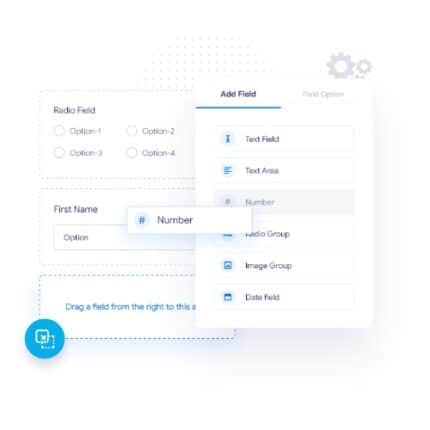 Checkout Field Editor and Manager for WooCommerce Pro
Checkout Field Editor and Manager for WooCommerce Pro
$53.71Original price was: $53.71.$3.94Current price is: $3.94.In stock
-
 Social Auto Poster
Social Auto Poster
$53.71Original price was: $53.71.$3.94Current price is: $3.94.In stock
-
 Vitepos Pro
Vitepos Pro
$53.71Original price was: $53.71.$12.30Current price is: $12.30.In stock
-
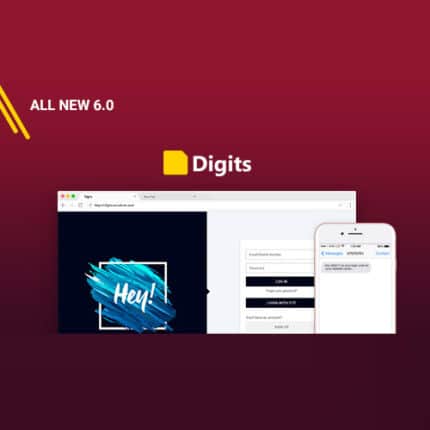 Digits : WordPress Mobile Number Signup and Login
Digits : WordPress Mobile Number Signup and Login
$53.71Original price was: $53.71.$3.94Current price is: $3.94.In stock
-
 JetEngine For Elementor
JetEngine For Elementor
$53.71Original price was: $53.71.$3.94Current price is: $3.94.In stock
-
 BookingPress Pro – Appointment Booking plugin
BookingPress Pro – Appointment Booking plugin
$53.71Original price was: $53.71.$3.94Current price is: $3.94.In stock
-
 Polylang Pro
Polylang Pro
$53.71Original price was: $53.71.$3.94Current price is: $3.94.In stock
-
 All-in-One WP Migration Unlimited Extension
All-in-One WP Migration Unlimited Extension
$53.71Original price was: $53.71.$3.94Current price is: $3.94.In stock
-
 Slider Revolution Responsive WordPress Plugin
Slider Revolution Responsive WordPress Plugin
$53.71Original price was: $53.71.$4.51Current price is: $4.51.In stock
-
 Advanced Custom Fields (ACF) Pro
Advanced Custom Fields (ACF) Pro
$53.71Original price was: $53.71.$3.94Current price is: $3.94.In stock
-
 Gillion | Multi-Concept Blog/Magazine & Shop WordPress AMP Theme
Rated 4.60 out of 5
Gillion | Multi-Concept Blog/Magazine & Shop WordPress AMP Theme
Rated 4.60 out of 5$53.71Original price was: $53.71.$5.00Current price is: $5.00.In stock
-
 Eidmart | Digital Marketplace WordPress Theme
Rated 4.70 out of 5
Eidmart | Digital Marketplace WordPress Theme
Rated 4.70 out of 5$53.71Original price was: $53.71.$5.00Current price is: $5.00.In stock
-
 Phox - Hosting WordPress & WHMCS Theme
Rated 4.89 out of 5
Phox - Hosting WordPress & WHMCS Theme
Rated 4.89 out of 5$53.71Original price was: $53.71.$5.17Current price is: $5.17.In stock
-
 Cuinare - Multivendor Restaurant WordPress Theme
Rated 4.14 out of 5
Cuinare - Multivendor Restaurant WordPress Theme
Rated 4.14 out of 5$53.71Original price was: $53.71.$5.17Current price is: $5.17.In stock
-
 Eikra - Education WordPress Theme
Rated 4.60 out of 5
Eikra - Education WordPress Theme
Rated 4.60 out of 5$62.73Original price was: $62.73.$5.08Current price is: $5.08.In stock
-
 Tripgo - Tour Booking WordPress Theme
Rated 5.00 out of 5
Tripgo - Tour Booking WordPress Theme
Rated 5.00 out of 5$53.71Original price was: $53.71.$4.76Current price is: $4.76.In stock






